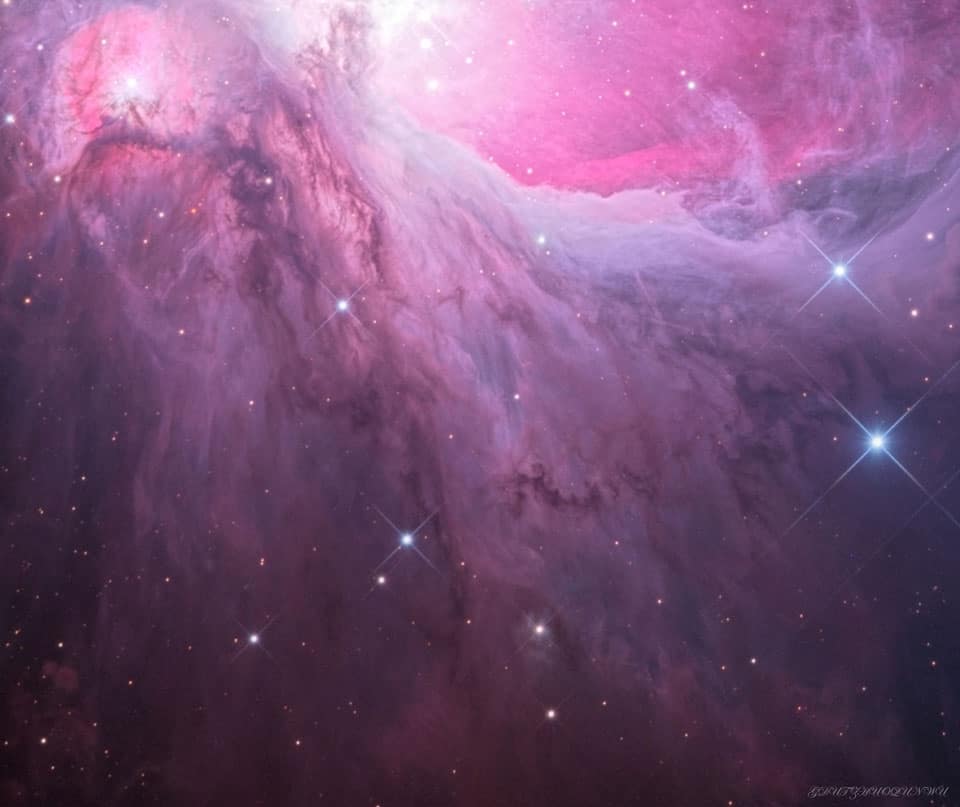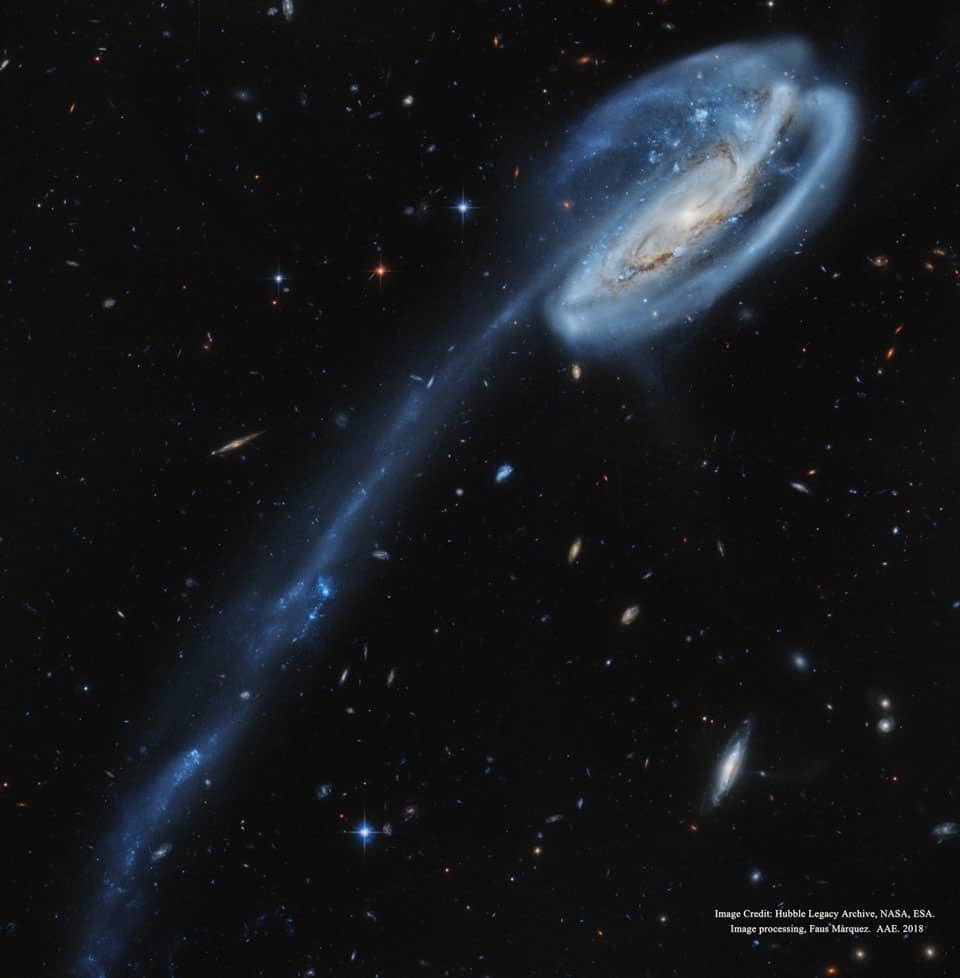Blog
Reginald Volney Johnson (born December 13, 1940) is an American jazz double-bassist.
Johnson was born in Owensboro, Kentucky. After playing trombone with school orchestras and army bands, he switched to double bass, and started working with musicians such as Bill Barron and recording with Archie Shepp in the mid–1960s, before joining Art Blakey‘s band for a month-long residency at the Five Spot Café in December 1965, and then going on to The Lighthouse nightclubin Hermosa Beach, California, where they recorded the live album, Buttercorn Lady, at the beginning of 1966,[1] with a line-up, comprising Blakey, Frank Mitchell, Chuck Mangione, Keith Jarrett, and Johnson.
He has also played and/or recorded with Bill Dixon, Sun Ra, and Burton Greene, Lonnie Liston Smith, Stanley Cowell, Bobby Hutcherson, Harold Land, Blue Mitchell, Walter Bishop Jr.,Sonny Rollins, Sonny Stitt, Sarah Vaughan, Carmen McRae, Art Pepper, Kenny Burrell, Clark Terry, The Crusaders, Johnny Coles, and Frank Wess.
In the mid–1980s he moved to Europe, where he has worked with Johnny Griffin, Horace Parlan, Monty Alexander, Kenny Barron, Tom Harrell, Phil Woods, Cedar Walton, Alvin Queen, Jesse Davis, Freddie Redd and Clark Terry
more...Benjamin M. “Ben” Tucker (December 13, 1930 – June 4, 2013) was an American jazz bassist who appeared on hundreds of recordings. Tucker played on albums by Art Pepper, Billy Taylor, Quincy Jones, Grant Green, Dexter Gordon, Hank Crawford, Junior Mance, and Herbie Mann.
He was born in Tennessee. As bass player in the Dave Bailey Quintet in 1961, he wrote the instrumental version of the song “Comin’ Home Baby!“, first issued on the album Two Feet in the Gutter. Bob Dorough later wrote a lyric to the song, and the vocal version became a Top 40 hit for jazz singer Mel Tormé in 1962.
Tucker released the album Baby, You Should Know It (Ava, 1963) with Victor Feldman, Larry Bunker, Bobby Thomas, Ray Crawford, Tommy Tedesco, and Carlos “Patato” Valdes.
By 1972, Tucker owned two radio stations, WSOK-AM, which had over 400,000 listeners, and WLVH-FM. Both of these were located in his hometown of Savannah, Georgia.
He died in a traffic collision in Hutchinson Island, Georgia, on June 4, 2013
more...William Alexander “Sonny” Greer (December 13, c. 1895 – March 23, 1982) was an American jazz drummer and vocalist, best known for his work with Duke Ellington.
Greer was born in Long Branch, New Jersey, and played with Elmer Snowden‘s band and the Howard Theatre‘s orchestra in Washington, D.C., before joining Duke Ellington, whom he met in 1919. He was Ellington’s first drummer, playing with his quintet, the Washingtonians, and moving with Ellington into the Cotton Club. As a result of his job as a designer with the Leedy Drum Company of Indiana, Greer was able to build up a huge drum kit worth over a then-considerable $3,000, including chimes, a gong, timpani, and vibes.
Greer was a heavy drinker, as well as a pool-hall hustler (when he needed to retrieve his drums from the pawnbroker), and in 1950 Ellington responded to his drinking and occasional unreliability by taking a second drummer, Butch Ballard, with them on a tour of Scandinavia. This enraged Greer, and the consequent argument led to their permanent estrangement.
Greer continued to play, mainly as a freelance drummer, working with musicians such as Johnny Hodges, Red Allen, J. C. Higginbotham, Tyree Glenn, and Brooks Kerr, as well as appearing in films, and briefly leading his own band. Greer featured in the iconic 1958 black-and-white photograph by Art Kane known as “A Great Day in Harlem”
https://www.youtube.com/watch?v=ZM1DUXDm7o4
more...https://www.youtube.com/watch?v=6ezAEp9nGlE
more...some of the dust in M43 appears similar to a waterfall on Earth. M43, part of the Orion Molecular Cloud Complex, is the often imaged but rarely mentioned neighbor of the more famous M42. M42, which includes many bright stars from the Trapezium cluster, lies above the featured scene. M43 is itself a star forming region and although laced with filaments of dark dust, is composed mostly of glowing hydrogen. The entire Orion field, located about 1600 light years away, is inundated with many intricate and picturesque filaments of dust. Opaque to visible light, dark dust is created in the outer atmosphere of massive cool stars and expelled by a strong outer wind of protons and electrons.
more...Anthony Tillmon “Tony” Williams (December 12, 1945 – February 23, 1997) was an American jazz drummer.
Williams first gained fame in the band of trumpeter Miles Davis and was a pioneer of jazz fusion. He was inducted into the Modern Drummer Hall of Fame in 1986. Williams was born in Chicago and grew up in Boston. He was of African, Portuguese, and Chinese descent. He studied with drummer Alan Dawsonat an early age, and began playing professionally at the age of 13 with saxophonist Sam Rivers. Saxophonist Jackie McLean hired Williams when he was 16.
At 17 Williams gained attention by joining Miles Davis in what was later dubbed Davis’s Second Great Quintet. Williams was a vital element of the group, called by Davis in his autobiography “the center that the group’s sound revolved around.” His playing helped redefine the role of the jazz rhythm section through the use of polyrhythms and metric modulation, moving between mathematically related tempos and/or time signatures. Meanwhile, he recorded his first two albums as leader for Blue Note label, Life Time (1964) and Spring (1965). He also recorded as a sideman for the label including, in 1964, Out to Lunch! with Eric Dolphy and Point of Departure with Andrew Hill.
In 1969, he formed a trio, the Tony Williams Lifetime, with John McLaughlin on guitar and Larry Young on organ. Lifetime was a pioneering band of the fusion movement, a combination of rock, R&B, and jazz.
more...Alejandro Neciosup Acuña (born December 12, 1944), known professionally as Alex Acuña, is a Peruvian drummer and percussionist.
Born in Pativilca, Peru, Acuña played in local bands from the age of ten, and moved to Lima as a teenager. At the age of eighteen he joined the band of Perez Prado, and in 1965 he moved to San Juan, Puerto Rico. In 1974 Acuña moved to Las Vegas, working with artists such as Elvis Presley and Diana Ross, and the following year he joined the jazz-fusion group Weather Report, appearing on the albums Black Market and Heavy Weather. Acuña left Weather Report in 1978, and became a session musician in California, recording and playing live with (amongst many others) Paul McCartney, Joni Mitchell, Ella Fitzgerald, Elvis Presley, Chick Corea, Whitney Houston, Plácido Domingo, former Weather Report bandmates Wayne Shorter and Joe Zawinul, Herbie Hancock, Carlos Santana, Antonio Carlos Jobim, Beck, Roberta Flack, U2, Al Jarreau and Marcos Witt. He can be found on recordings by musicians as culturally diverse as Lee Ritenour, Johnny Clegg, Roy Orbison, YellowJackets, Lalo Schiffrin, Milton Nascimento, Don Grusin, Dave Grusin, The Brecker Brothers, Arturo Sandoval, Paquito d’Rivera, Gonzalo Rubalcaba, Brad Mehldau, BoDeans, Paco de Lucia, John Patitucci, Sadao Watanabe, Lyle Mays, Diana Ross, Sergio Mendez, Robbie Robertson, Jackson Browne, Bette Midler, Jennifer Nettles, Christina Aguilera, Seal and Chris Botti.
more...Grover Washington Jr. (December 12, 1943 – December 17, 1999) was an American jazz-funk / soul-jazz saxophonist. Along with George Benson, John Klemmer, David Sanborn, Bob James, Chuck Mangione, Dave Grusin, Herb Alpert, and Spyro Gyra, he is considered by many to be one of the founders of the smooth jazz genre. He wrote some of his material and later became an arranger and producer.
Throughout the 1970s and 1980s, Washington made some of the genre’s most memorable hits, including “Mister Magic”, “Reed Seed”, “Black Frost”, “Winelight”, “Inner City Blues” and “The Best is Yet to Come”. In addition, he performed very frequently with other artists, including Bill Withers on “Just the Two of Us” (still in regular rotation on radio today), Patti LaBelle on “The Best Is Yet to Come” and Phyllis Hyman on “A Sacred Kind of Love”. He is also remembered for his take on the Dave Brubeck classic “Take Five“, and for his 1996 version of “Soulful Strut“.
Washington had a preference for black nickel-plated saxophones made by Julius Keilwerth. These included a SX90R alto and SX90R tenor. He also played Selmer Mark VI alto in the early years. His main soprano was a black nickel-plated H. Couf Superba II (also built by Keilwerth for Herbert Couf) and a Keilwerth SX90 in the last years of his life.
Washington was born in Buffalo, New York, on December 12, 1943. His mother was a church chorister, and his father was a collector of old Jazzgramophone records and a saxophonist as well, so music was everywhere in the home. He grew up listening to the great jazzmen and big band leaders like Benny Goodman, Fletcher Henderson, and others like them. At the age of 8, Grover Sr. gave Jr. a saxophone. He practiced and would sneak into clubs to see famous Buffalo blues musicians.
more...Why does this galaxy have such a long tail? In this stunning vista, based on image data from the Hubble Legacy Archive, distant galaxies form a dramatic backdrop for disrupted spiral galaxy Arp 188, the Tadpole Galaxy. The cosmic tadpole is a mere 420 million light-years distant toward the northern constellation of the Dragon (Draco). Its eye-catching tail is about 280 thousand light-years long and features massive, bright blue star clusters. One story goes that a more compact intruder galaxy crossed in front of Arp 188 – from right to left in this view – and was slung around behind the Tadpole by their gravitational attraction. During the close encounter, tidal forces drew out the spiral galaxy’s stars, gas, and dust forming the spectacular tail. The intruder galaxy itself, estimated to lie about 300 thousand light-years behind the, can be seen through foreground spiral arms at the upper right. Following its terrestrial namesake, the Tadpole Galaxy will likely lose its tail as it grows older, the tail’s star clusters forming smaller satellites of the large spiral galaxy.
more...Alfred McCoy Tyner (born December 11, 1938) is a jazz pianist from Philadelphia known for his work with the John Coltrane Quartet and a long solo career.
Tyner was born in Philadelphia as the oldest of three children. He was encouraged to study piano by his mother. He began studying the piano at age 13 and within two years music had become the focal point in his life. When he was 17, he converted to Islam through the Ahmadiyya Muslim Community and changed his name to Sulieman Saud. His neighbors in Philadelphia included musicians Richie Powell and Bud Powell.
Tyner started his career in 1960 as a member of the Jazztet led by Benny Golson and Art Farmer. Six months later, he joined the quartet of John Coltrane that included Jimmy Garrison and Elvin Jones. He worked with the band during its extended run at the Jazz Gallery, replacing Steve Kuhn(Coltrane had known Tyner for a while in Philadelphia, and performed one of the pianist’s compositions, “The Believer”, as early as 1958). He played on Coltrane’s “My Favorite Things” for Atlantic. The band toured almost non-stop between 1961 and 1965, recording the albums Live! at the Village Vanguard, Ballads, Live at Birdland, Crescent, A Love Supreme, and The John Coltrane Quartet Plays for Impulse!.
While in Coltrane’s group, he recorded albums as a leader in a piano trio. He also appeared as a sideman on many Blue Note albums of the 1960s, although he was often credited as “etc.” on the cover of these albums to respect his contract with Impulse! Records.
more...Willie Mae Thornton (December 11, 1926 – July 25, 1984) better known as Big Mama Thornton, was an American rhythm-and-blues singer and songwriter. She was the first to record Leiber and Stoller’s “Hound Dog“, in 1952, which became her biggest hit, staying seven weeks at number one on the Billboard R&B chart in 1953 and selling almost two million copies. Thornton’s other recordings included the original version of “Ball ‘n’ Chain“, which she wrote.
Thornton’s performances were characterized by her deep, powerful voice and strong sense of self. She was given her nickname, “Big Mama,” by Frank Schiffman, the manager of Harlem’s Apollo Theater, because of her strong voice, size, and personality. Thornton stated that she was louder than any microphone and didn’t want a microphone to ever be as loud as she was. Alice Echols, the author of a biography of Janis Joplin, said that Thornton could sing in a “pretty voice” but did not want to. Thornton said, “My singing comes from my experience… My own experience. I never had no one teach me nothin’. I never went to school for music or nothin’. I taught myself to sing and to blow harmonica and even to play drums by watchin’ other people! I can’t read music, but I know what I’m singing! I don’t sing like nobody but myself.
more...Dámaso Pérez Prado (Spanish: [ˈpeɾes ˈpɾaðo]; December 11, 1916 – September 14, 1989) was a Cuban bandleader, organist, pianist and composerwho also made brief appearances in films. He is often referred to as the “King of the Mambo“. He became known and professionally billed as Pérez Prado, his paternal and maternal surnames respectively.
Pérez Prado became a naturalized citizen of Mexico in 1980. His orchestra was the most popular in mambo. His son, Pérez Prado, Jr., continues to direct the Pérez Prado Orchestra in Mexico City to this day.
Pérez was born in Matanzas, Cuba on December 11, 1916; his mother Sara Prado was a school teacher, his father Pablo Pérez a journalist at El Heraldo de Cuba. He studied classical piano in his early childhood, and later played organ and piano in local clubs. For a time, he was pianist and arranger for the Sonora Matancera, Cuba’s best-known musical group at the time. He also worked with casino orchestras in Havana for most of the 1940s. He was nicknamed “El Cara de Foca” (“Seal Face”) by his peers at the time.
more...https://www.youtube.com/watch?v=dDdi6bn06bo
more...Cosmic dust clouds and embedded newborn stars glow at infrared wavelengths in this tantalizing false-color view from the Spitzer Space Telescope. Pictured is of one of the closest star forming regions, part of the Rho Ophiuchi cloud complex some 400 light-years distant near the southern edge of the pronounceable constellation Ophiuchus. The view spans about 5 light-years at that estimated distance. After forming along a large cloud of cold molecular hydrogen gas, newborn stars heat the surrounding dust to produce the infrared glow. An exploration of the region in penetrating infrared light has detected some 300 emerging and newly formed stars whose average age is estimated to be a mere 300,000 years — extremely young compared to the Sun’s age of 5 billion years.
more...Melbourne Robert “Bob” Cranshaw (December 3, 1932 – November 2, 2016) was an American jazz bassist. His career spanned the heyday of Blue Note Records to his recent involvement with the Musicians Union. He is perhaps best known for his long association with Sonny Rollins. Cranshaw performed in Rollins’s working band on and off for over five decades, starting with a live appearance at the 1959 Playboy jazz festival in Chicago and on record with the 1962 album The Bridge.
Some of Cranshaw’s best-known performances include Lee Morgan‘s The Sidewinder and Grant Green‘s Idle Moments. Cranshaw also served as the sole session bassist to Sesame Street and The Electric Company songwriter and composer Joe Raposo, and played bass guitar on all songs, tracks, buttons and cues recorded by the Children’s Television Workshop during Raposo’s tenure. In addition, he was the bass player for Saturday Night Livefrom 1975 to 1980 and musical director and bassist for Dick Cavett’s talk show in the early 1980s. He performed in pit orchestras for numerous Broadway shows including Jesus Christ Superstar, Lena Horne: The Lady and Her Music Sergeant Pepper’s Lonely Heart’s Club Band: The Musical and many more. He recorded innumerable recording dates for television shows, films and jingles. He is among the most recorded bassists in history.
Eddie Jones (December 10, 1926 – February 7, 1959), better known as Guitar Slim, was a New Orleans blues guitarist in the 1940s and 1950s, best known for the million-selling song “The Things That I Used to Do“, produced by Johnny Vincent for Specialty Records. It is listed in the Rock and Roll Hall of Fame’s 500 Songs That Shaped Rock and Roll. Slim had a major impact on rock and roll and experimented with distorted overtones on the electric guitar a full decade before Jimi Hendrix.
Jones was born in Greenwood, Mississippi. His mother died when he was five, and he was raised by his grandmother. In his teen years he worked in cotton fields and spent his free time at juke joints, where he started sitting in as a singer or dancer; he was good enough as a dancer that he was nicknamed “Limber Leg”.
more...More Posts
- Mance Lipscomb
- Flamenco Fridays with Antonio Canales y J. Carmona “Habichuela” y Niňo del Tupé
- The Cosmos with NGC 1097
- Julian Lennon
- Steve Howe
- Santiago Jiménez Jr.
- Paul Jeffery
- Carmen McRae
- World Music with Esma Redžepova and Nune Brothers
- Daily Roots with Prince Douglas
- Norah & Anoushka
- The Cosmos with NGC 1947
- Freddie Hubbard
- Mongo Santamaria
- Ravi Shankar
- Billie Holiday
- World Fusion with Anoushka Shankar and Norah Jones
- Daily Roots with Prince Jammy
- The Cosmos with Arp 316
- Horace Tapscott


